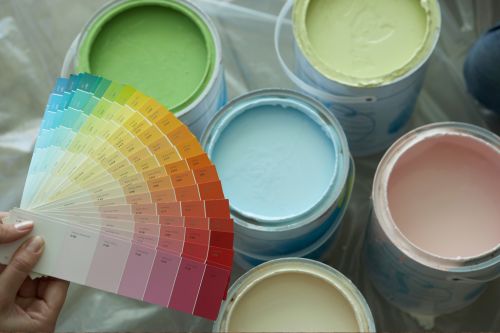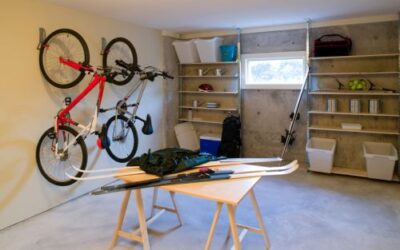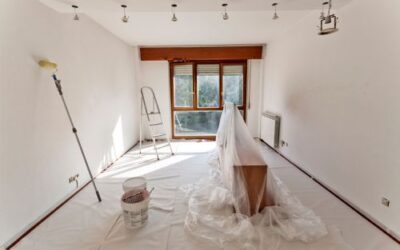You don’t need to tear down partitions or do a complete renovation to make your house look bigger. In many cases, paint can completely transform the perception of space. Choosing the right colours not only brings harmony and light, but also creates the illusion of spaciousness in small rooms.
Today we tell you which colours help to visually enlarge a home and how to apply them according to our experience in interior decorative painting in Jávea and surroundings.
Contact our professionals
1. White: the universal ally
White is the colour par excellence for providing luminosity and a feeling of spaciousness. It reflects natural and artificial light, which helps walls appear more distant.
Recommended for:
-
Small living rooms
-
Bedrooms with little light
-
Low ceilings (visually raises them)
To avoid the space looking too cold, it can be combined with wooden furniture, natural fibres or details in warm tones.
2. Beige, cream and stone tones
Warm neutral tones such as beige, cream or light grey also enlarge the space, but with added warmth. They are ideal for those who are looking for a cosier atmosphere without sacrificing spaciousness.
Recommended application:
-
Main walls combined with white ceilings
-
Spaces with wooden or terracotta floors
In Mediterranean or rustic style homes, these tones integrate perfectly with natural materials. Moreover, in our interior refurbishment projects, these colours are in great demand due to their ability to harmonise with traditional furniture.
3. Soft greys and off-whites
Pearl grey, off-white or warm grey add depth and elegance. They are a modern alternative to pure white and go well with contemporary or minimalist styles.
4. Pastel tones: freshness and spaciousness
Pastel tones such as light blue, mint green or powder pink bring freshness without saturating the space. They are ideal for adding a touch of colour to small rooms without overloading.
Typical uses:
-
Children’s rooms
-
Small kitchens
-
Bathrooms with good ventilation
These tones also work very well when combined with white paint on ceilings and woodwork. And if there is treated wood, such as beams or doors, it can be enhanced with a good wood preservative treatment.
5. Cool but soft colours: blue, green or lavender
Cool colours make walls ‘recede’ visually, which increases the perception of depth. However, in small spaces, it is important to choose light versions of these tones.
A greyish blue, a very light green or a soft lavender are perfect for bedrooms or studies.
As the decorating magazine El Mueble points out, cool colours when used well help to multiply the light and create relaxing atmospheres.
Tips for making the most of colours
-
Ceilings always lighter than the walls (white or off-white)
-
Unify the colour of the skirting board and the wall so that there are no visual breaks
-
Avoid dark tones on opposite walls if the room is narrow
-
Use the same tone in several rooms to generate continuity
-
Take advantage of satin paint in areas with little light: it reflects better and enlarges
In addition, in outdoor areas such as small terraces or porches, we can also use light colours on walls and ceilings to enhance the feeling of spaciousness. Consult our façade painting service in Jávea if you want to apply this resource in exteriors.
Can we help you to choose the ideal colour?
In Bartolomé Bas Pinturas we advise you on the most suitable colours and finishes for your home. We analyse the natural light, the size of the space, the existing materials and your style to achieve a harmonious and functional result.
If you are thinking of renovating your home or giving a small space more space, you can contact us here or request a free quote. We paint every home as if it were our own.
Other publications that may interest you
Paint suitable for basements and poorly ventilated rooms
Basements, storerooms or garages have unique conditions: poor ventilation, high humidity and increased risk of mould or condensation. Using conventional paint in these spaces is a common mistake that leads to ephemeral finishes and health problems due to fungi or...
How often should a house be painted depending on its use?
The frequency with which you should paint a house is not always the same. It depends on several factors: the use given to each room, the quality of the paint used, exposure to light or humidity, and even the colour. In this guide we explain how often you should renew...
Tips for painting a room without staining doors and sockets
Painting a room may seem like a simple task, but without the right preparation it's easy to end up with splashes on doors, sockets, switches and even skirting boards. If you want a clean, professional finish, we've got the best tips to avoid stains and save you...




